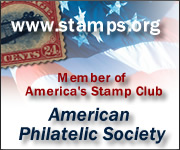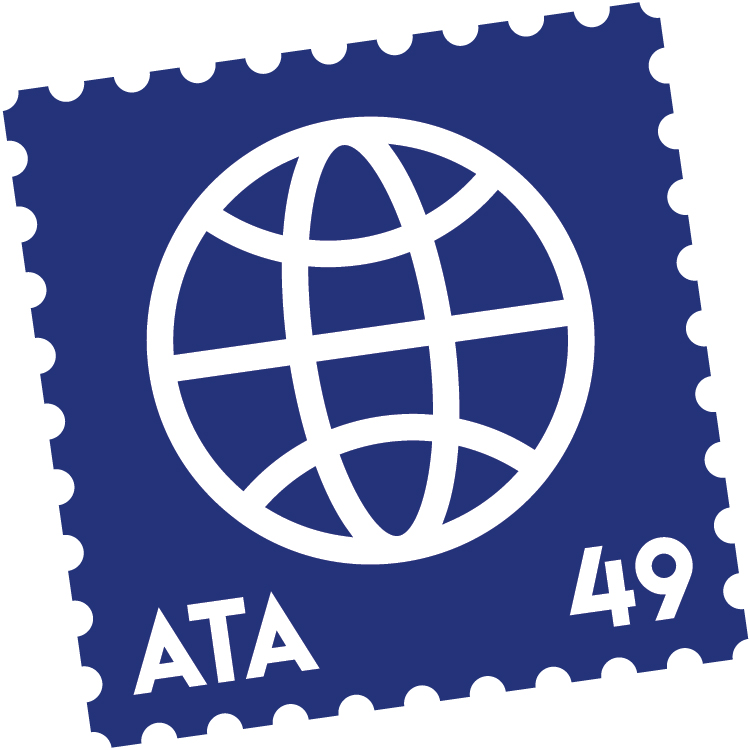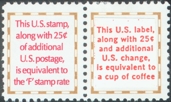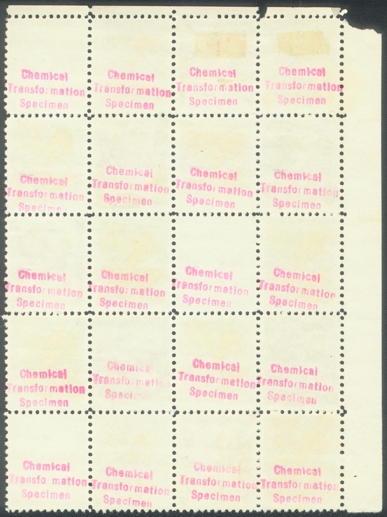
EFOCC Home
Resources
The EFO
Collector
Collector
Auction
Honor Roll
EFOCC History
Club Business
Membership
Buyers/Sellers
Service Providers
Service Providers
Member Login

EFOS for Sale
 |
| APS Affiliate #103 |
 |
 |
| ATA Chapter #94 |
| Click here for a printer friendly version of this essay. |
66. Counterfeits, fakes and intentionally created varieties: While some shun "created" and altered stamps, there are a lot of collectors who find them fascinating, if only as reference material for use in expertizing the genuine stamps. Some of the better examples in this category have significant value, especially counterfeits that have seen postal use. Chemically altered stamps, on the other hand, have little value. Stamps on which the colors have been altered by chemicals or by prolonged exposure to light are called changelings and are considered curiosities.

Type 66: Friend Wayne Youngblood has a little fun poking fun at the 4¢ make up rate stamp of 1991 (Scott 2521).

Type 66: How to make a "white" Old North Church? Dip the stamp in a common household product, and it will remove the blue coloring of the paper (originally, Scott 1603).


Type 66: Experiments with various chemicals left several different versions of the 1¢ Presidential of 1938 (Scott 804).

Type 66: The copy of Scott 815a on the right is a counterfeit.

| Previous: Design errors | Counterfeits, fakes and intentionally created varieties | Next: Rotary coil end strips |
| Table of Contents | Oddities |
John M. Hotchner
Errors, Freaks & Oddities
The EFO Collector
The Archives
John M. Hotchner
EFO Corner
The Columns
from Linn's
from Linn's
Articles By
Wayne Youngblood
AG
Files
Ryskamp
on
Computer-Vended Postage
Not
quite
EFOs